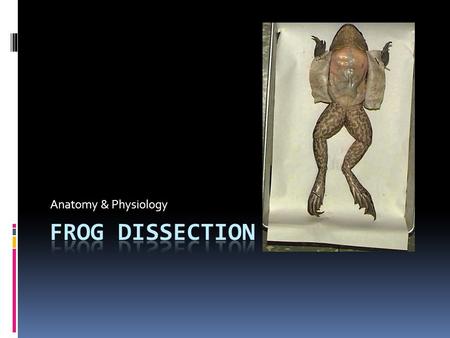

Attitudes were not influenced by the experimental treatments.We have developed a set of techniques for providing interactive 3D graphics via the World Wide Web (1. The genders did not differ in achievement, but males were more favorable towards dissection and computers than were females. Students attitudes toward the use of animals for dissection did not change significantly from pretest to posttest and did not interact with treatment.

There were no significant differences between the latter two conditions. Results of the study indicated that students in the simulation before dissection condition (SBD) performed significantly better than the dissection before simulation (DBS) and dissection-only (DO) conditions on both the actual dissection and on knowledge of the anatomy and morphology. Class periods were randomly assigned to three experimental conditions: simulation before dissection, dissection before simulation, or dissection-only.

The purpose of this study was twofold: (1) to examine the effectiveness of a computer simulation model of frog dissection in improving students' actual dissection performance and learning of frog anatomy and morphology and (2) to determine whether the effectiveness of the simulation is dependent upon the sequence in which simulation is presented. This study was designed to replicate and extend that finding to computer-based dissection. One intriguing tentative finding in previous research was that use of an interactive videodisc dissection facilitated performance on a subsequent actual dissection. Computer simulation has been proposed as a way of dealing with this issue. Science teachers, school administrators, educators, and the scientific community are faced with ethical controversies over animal dissection in school biology classrooms.


 0 kommentar(er)
0 kommentar(er)
